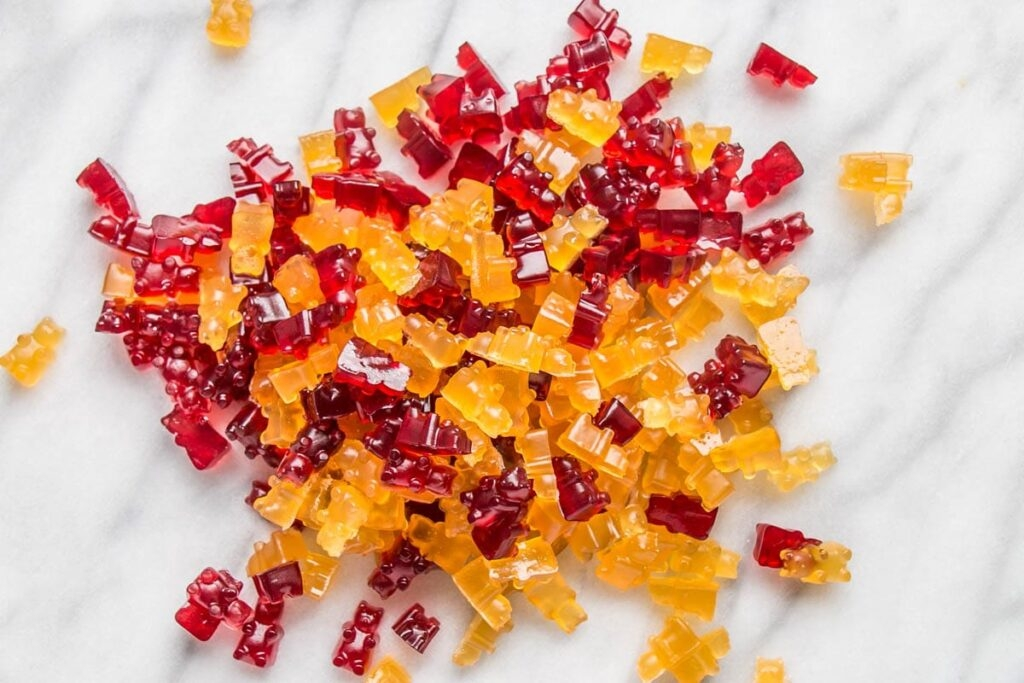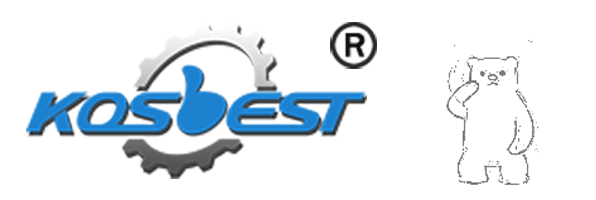
Everyone is fond of gummy bears. Gummies are a pleasant dessert option for children of all ages and adults who love the chewy and often surprising texture. Many individuals may not realize this, but these sweets are also beneficial in other ways. There are numerous reasons why individuals choose a sugar-free lifestyle, so there is no reason to exclude tasty gummy candies.
Sugar-free has become the latest health food fad; everyone is attempting to eliminate sugar from their diets, but few are aware that sugar is included in a variety of processed goods. You may believe that purchasing gummy bears from the grocery store is harmless, but many of these items contain significant amounts of sugar. Many have even one teaspoon per serving! Sugar-free gummies aim to meet this demand. Companies are always developing innovative ways to manufacture gummies without additional sugars while maintaining their flavor.
The market for gummy bears is expanding rapidly as it attracts a new and diversified audience. Sugar-free gummy bears present a substantial profit possibility in this market niche. Only recently has the production of sugar-free gummy bears emerged on the market. There are currently few or no competitors selling the same product. The industry’s lack of competition makes this a very attractive business opportunity. This one easy formula makes the production of sugar-free gummy bears appealing to virtually any entrepreneur, regardless of background or experience in food production.
Origins of Sugar-Free Gummies
Sugar-free gummy bears are gaining in popularity, but where did the concept originate? There are other hypotheses, including that Riegel made them by mistake, but none of them appear to bear up under inspection. Before the development of gummy bears, wine gum was a popular candy. Then the concept of sugar-free gummy bears, a mix of the two, emerged.
However, sugar-free gummy bears are not entirely sweet. These sugar-free candies are composed of fruit rather than chocolate. Regardless of whether or not they are sugar-free, they are still tasty snacks. They have become so popular that a recent episode of Food History was devoted to them. Although they have eclipsed traditional chocolate-based sweets, gummy bears originated in Germany.
Ingredients for Sugar-Free Gummies
Sugar-free gummy bears do not have sugar in their composition, however, there are alternatives to this sweetener. Maltitol and other sugar-free sweeteners can be used in place of sugar as sweeteners. To create sugar-free gummy bears, a certain proportion of these substances is necessary. To construct these teddy bears, manufacturers must adhere to stringent quality control processes and precise ingredient proportions.
Gelatin and maltitol are the primary constituents of sugar-free gummy bears. Sugar and maltitol are both quite tasty, and sugar-free gummy bears include both. Additionally, they are manufactured with water, the universal solvent. Gelatin and water combine to form a thick gel. Once cured, sugar-free gummy bears are available for everyone to enjoy.
Water is the Most Essential Ingredient
Several procedures are involved in the factory’s production of sugar-free gummy bears. The initial phase entails preparing the raw materials. Glucose, sugar, and water are combined to make syrup. This syrup is then kept for later use in the buffer tank. After the ingredients have been combined, they are transferred to the online mixer. The dosing pump inserts the chemicals into the mold plates mechanically.
In the manufacture of sugar-free gummy bears, the most common artificial sweetener, sucralose, is included. Despite being sugar alcohol, erythritol is a sweetener that is high in calories. Large amounts of erythritol can cause digestive issues, even though it increases bulk and maintains food’s moisture.
Gelatin is thermodynamic
Gelatin, a thermoreversible food component, is a water-soluble protein that enables liquids to gel when cold and to return to the solution when heated. Its melting point is close to the oral temperature of the human body, which gives it a mild flavor in the mouth. Gelatin’s gel strength is one of the key factors used to determine its quality. Different gelatin sources produce gels with varying degrees of strength. A greater molecular weight indicates higher quality.
When employing gelatin, you must comprehend how it operates. A and B are the two varieties available. Gelatin of type A has a higher isoelectric point than gelatin of type B. They will generate negatively charged backbones when combined. Gelatin of type A will be thermoreversible, while gelatin of type B will remain flexible. Both forms of gelatin have various applications.
Tapioca contributes to a gelatinous texture.
Finding sugar-free gummy bears might be challenging. However, they are still available in stores. Similar components are utilized in sugar-free gummy bears and traditional gummies. They comprise tapioca, chicory root, coconut oil, and stevia extract instead of sugar. Tapioca is a common ingredient in the pudding. Chicory root is a natural alternative to sugar that also contributes to a gelatinous texture.
The component is up to 235,000 times sweeter than sugar, but it contains no calories. Compared to this, one tablespoon of sugar contains fifty calories. A standard gummy bear contains 19 grams of sugar.
Gelatin is a valuable source of collagen.
In the preparation of gummy bears, gelatin is the primary ingredient. This protein is removed from animal tissue using a method called hydrolysis. It has multiple applications in the food and pharmaceutical industries, along with photographic films and other technological items.
This material contributes to the gelatinous texture. Collagen is required for connective tissues such as skin, bones, and the lining of the digestive tract. One of the company’s founders wanted these bears to be as nutritious as possible, so he included gelatin as a significant ingredient in his goods. In addition to aiding the intestinal lining, collagen is a good protein source.
Flavorings for Sugar-Free Gummies
There are a variety of sugar-free gummy bear varieties available. They are offered in both large and little sizes. People who are watching their sugar intake but yet have a sweet tooth would like these. The ingredients in these sugar-free gummy bears are maltitol, gelatin, natural and artificial flavors, and coconut oil. These sugar-free gummies are excellent for anyone on a ketogenic or low-carbohydrate diet. Additionally, they are vegan and contain no animal by-products.
Numerous sugar-free gummy bears contain artificial chemicals; thus, you should carefully examine the nutrition label. Some of these bears are suitable for vegetarians, while others contain pig or beef gelatin. If you are diabetic, you should avoid these sugar-free bears since they can spike your blood sugar levels. Additionally, they may have laxative side effects. Due to this, sugar-free gummy bears should be consumed sparingly.
Manufacturing Process for Sugar-Free Gummies
The production of sugar-free gummy bears requires a thorough evaluation of raw components. The organization will examine the contents for a variety of characteristics, including color, odor, flavor, particle size, pH, and more. These tests verify that the candy is manufactured using high-quality components. The following are crucial phases in the production of sugar-free gummy bears. Here are the primary measures:
First, gather the necessary ingredients for the gummy bears. A flat gummy bear mold tray is filled using a unique machine called a starch mogul. The hot mixture is then poured into the tray. After the gummy bears have cooled, they are removed from the tray and the entire procedure is repeated. The machine then packages the gummy bears in a variety of sizes.
Quality Control Process
The initial step in sugar-free gummy bears quality control is the evaluation of raw materials. Different physical qualities of the raw materials, such as color, odor, flavor, and particle size, are evaluated by quality control specialists. These results are compared to a standard to guarantee that the quality of the candy is sufficient to please consumers. In-factory testing of sugar-free gummy bears confirms their safety for human consumption.
After this phase is complete, the procedure proceeds with the formation of the gummy bears. To achieve this, factory employees must use the optimal amount of starch- and sugar-free ingredients. Then, the raw components are added to the primary mixing vessel (a large tank with heating and cooling capabilities). The final product will subsequently be delivered to a laboratory for quality control testing. This procedure is performed multiple times before reaching the consumer.
 One-Stop Solution Manufacturer of Gummy Making Machine
One-Stop Solution Manufacturer of Gummy Making Machine